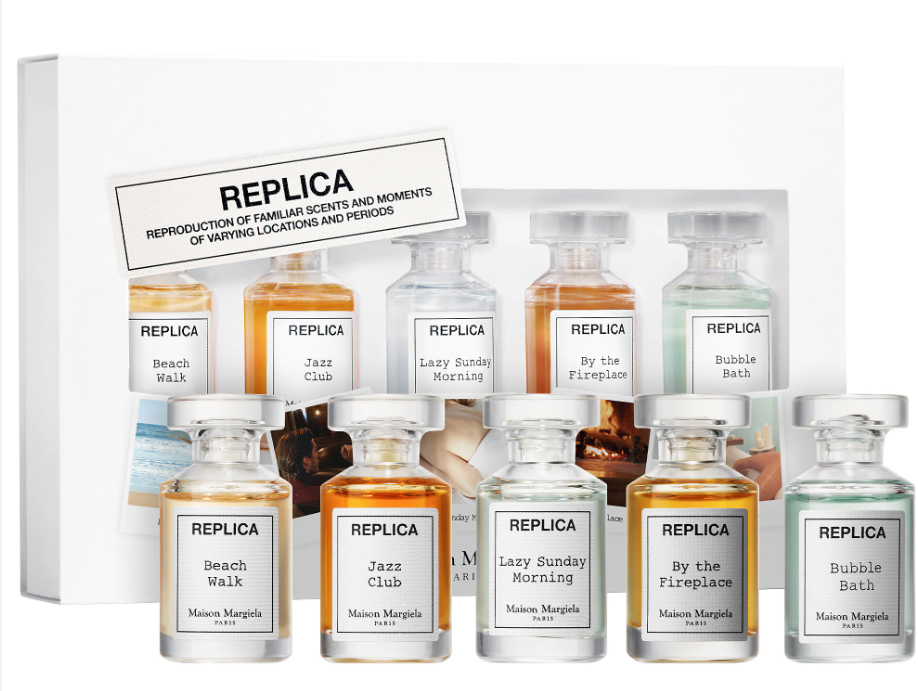Pretty Packaging: Why Do We Buy Beauty Products Based on Aesthetics?
Wandering around expansive beauty aisles in any given store has become an increasingly popular pastime, one that myself included, indulges in with great frequency.
In my most recent ramblings around a number of beauty and cosmetic stores, I found myself making a—somewhat bizarre—purchase of the Replica perfume sample set. When presented with two versions of the same product, without hesitation, I purchased the one that ‘looked cuter,’ foregoing the more practical and easier-to-use option.
The only discernible difference in these products was the packaging: one in the typical tiny spray bottle, and one in adorable potion-like vials. As I am a spray perfume enthusiast, this was a completely illogical decision, but one that came very easy to me. This is a common experience among many beauty lovers—but why?
The concept of the aesthetic is so pervasive in the human psyche that there is a field of neuroscience, ‘neuroaesthetics’, dedicated specifically to the study of the brain’s responses to beauty and art. While the topic of beauty packaging does not require a full dissertation on neuroaesthetics, it is relevant in considering the depths to which cosmetic packaging matters to a consumer.
In their cerebral mapping study, Steven Brown and Xiaoqing Gao describe how the brain’s recognition of aesthetics overlaps with “the appraisal of objects of evolutionary importance.” In other words, choosing a pretty bottle of makeup is akin to choosing the best fruit from a tree.
The importance of aesthetically pleasing packaging to the consumer, naturally, causes brands to focus intently on packaging and branding. Elizabeth Abrams, a writer for the Global Cosmetic Industry, stresses the importance of packaging for the success of a brand.
Abrams asserts that packaging is the most influential part of defining a brand’s image. This is what many would refer to as a sort of first impression effect and while the first impression is important, the consumer’s impression of the packaging continues to exist outside the walls of the retailer they purchased from.
Consider a daily use beauty product. It sits on your vanity or bathroom counter and you look at it every single day. Packaging design components like color, shape, and font, still produce their respective psychological effects after an exchange of money.
This is the reason many people have products they display and products they hide in drawers. Of course, these aesthetic preferences differ among people but have been found to have commonalities within cultures.
Source: Unsplash
For example, Liu Yinuo’s study of cultural packaging preferences found that Americans consider packaging design and brand image to be the most important factor in deciding whether or not to purchase a product.
Ultimately, packaging is not selling the product, it is selling the lifestyle that comes with it. Maison Margiela’s Replica perfumes are a perfect example of selling a lifestyle with the aesthetic attached to each perfume name: Jazz Club, By The Fireplace, Lazy Sunday Morning, etc.
My little Replica perfume set sold me luxury and exclusivity with their artful presentation—the product itself was almost more of an added bonus.
Comment below your thoughts and favorite aesthetic beauty products!


